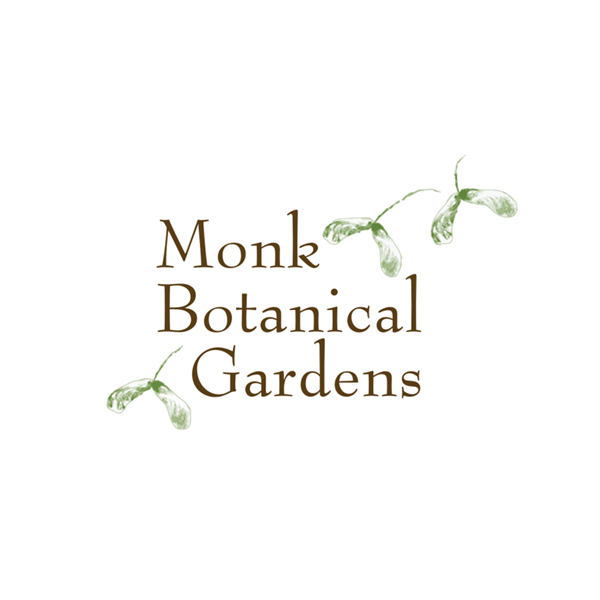Up to this point, my professional career as a Scientific Illustrator has been marked by a
fascination with life science, environmental education, and science communication. I have spent
the last two summers interning at the Monk Botanical Gardens where I was first their horticulture
intern and then their education intern the following summer. I spent the entire summer digging in
dirt, finding bugs, watching snakes slither by, and at the same time, teaching children from the
ages of 3-12 about these fascinating critters and different science topics. I got to explain to them
what makes a plant an invasive species and show them how buoyancy works with leaf boats.
During all of this, I was creating interactive booklets and signage for the garden. I had the
opportunity to educate a wider audience verbally and through my illustrations, while sharing my
passion for nature and the environment.
For my senior thesis project, I really wanted to highlight my passion for environmental education
while getting the opportunity to collaborate with the garden once again. In addition, the garden
requested that I make a resource that was available to all visitors, including parents, children,
and educators, that would teach them something about the garden. After a couple of meetings,
we decided on constructing a 2D interactive that examines the five ecological relationships:
commensalism, mutualism, parasitism, predation, and competition.
For this project, I spent the entirety of semester one (fall 2020) doing research and sketches of
what I wanted the project to turn out as. I met with Darcie Howard and Elise Schuler a couple of
times to really figure out the direction of the project.
By the second semester (spring 2021), I moved on to production. My major focuses on making
complex scientific topics approachable for the general public and I really wanted to make these
illustrations complex yet whimsical. I worked mainly in the Adobe Suite (Photoshop, Illustrator,
and Animate) to construct an interactive product.
The project will be available via a QR code near the pond in the future and through a link on the
garden’s website. To visit the project, please go to http://tinyurl.com/ecologicalmonk
I hope this project is something that visitors of all ages of the Monk Botanical Gardens can truly
benefit from. The garden helped me to get to where I am today, starting my career with a
Bachelor of Fine Arts in Biomedical Art and I am overjoyed to be able to give back to them and
my community.
My website: chynalaporte.com
Ecological Relationships at Monk Botanical Gardens: tinyurl.com/ecologicalmonk


